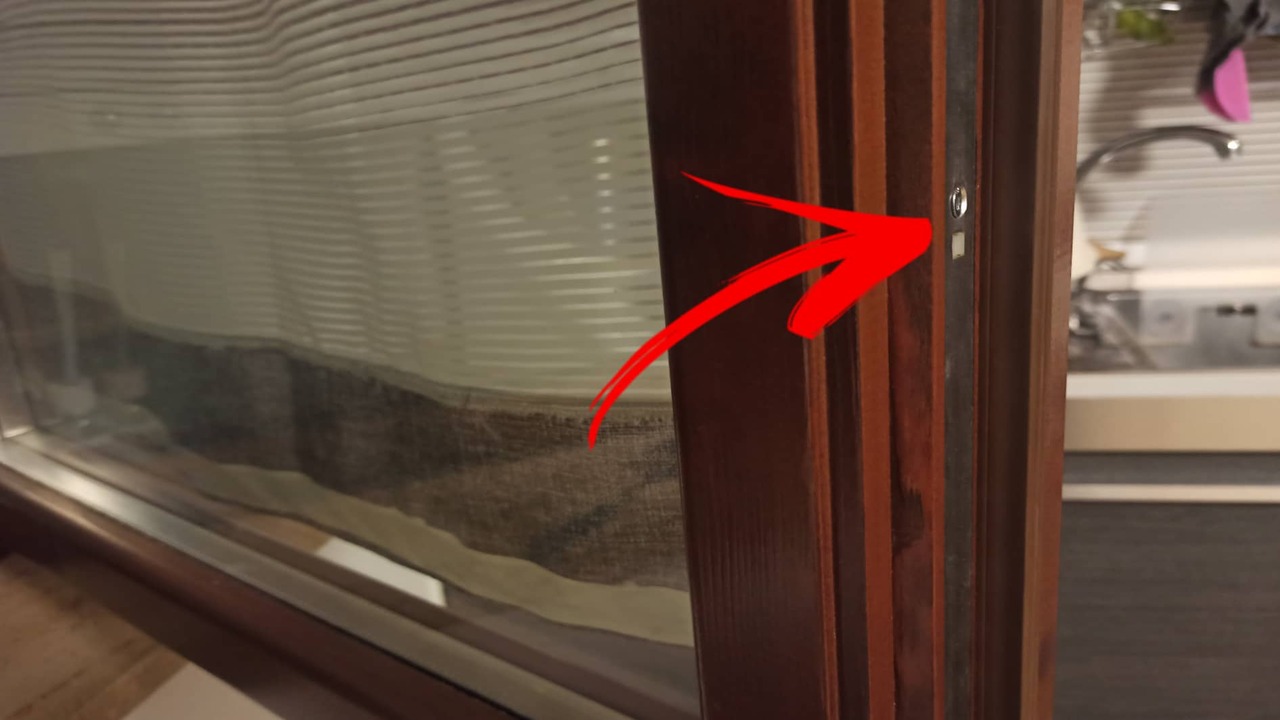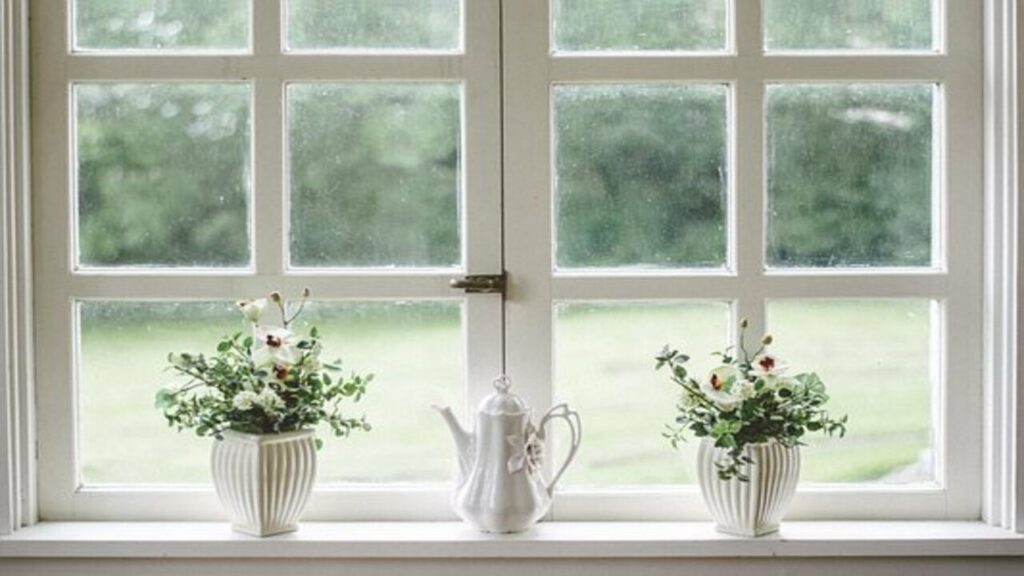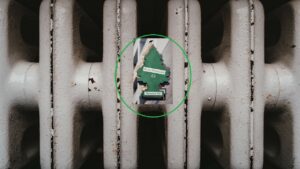Winter Mode… Pvc Windows: the Little-known Trick
The winter season is upon us. How can we protect our homes from heat loss? In this article, we’ll find out how to optimize PVC windows for winter, ensuring a more energy-efficient and cozy living space. As we all know, PVC windows are famous for their excellent thermal insulation. Optimizing their efficiency for winter can be achieved through a few small measures.

Locate a small metal pin on the moving part of the window. Adjusting this pin enables you to control the tightness of your PVC window, contributing to better insulation.
How to tighten PVC window
Enhance the tightness of your window by tightening the screw on the frame at approximately 90 degrees. You can use a screwdriver, do it by hand, or with pliers. Conversely, unscrew the pin in the opposite direction when warm weather arrives to facilitate better airflow.
In short, the transition of your PVC window from summer to winter is regulated by a seal. Adjusting the compression of this seal allows more or less air circulation inside your home.

Closing windows completely during winter maximizes heat retention, a definite advantage. However, the downside is reduced air circulation, with the consequent appearance of possible allergies. Finding a balance that suits your comfort and health is key.
Just like everything else, the seals on our windows, constantly adjusting to seasonal pressures, are susceptible to deterioration. The leading cause is the intense pressure of the seal in the winter. Therefore, the gasket will have to be replaced with a new one after a few years.

Good maintenance of the seals will also help us preserve them for longer. Regularly remove dust and clean them, preferably with a damp cloth and mild soap, during each change of season. Ensure thorough drying to keep the rubber in good condition. On average, PVC window seals maintained with the right maintenance have a lifespan of approximately 10 years.





